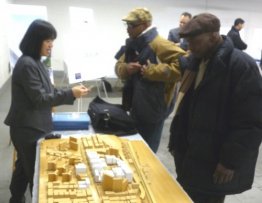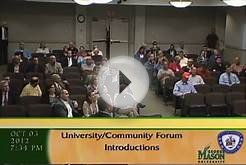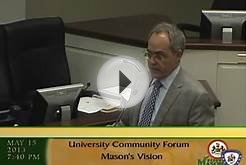Institutions of higher education have an obvious vested interest in building strong relationships with the communities that surround their campuses. They do not have the option of relocating and thus are of necessity place-based anchors. While corporations, businesses, and residents often flee from economically depressed low-income urban and suburban edge-city neighborhoods, universities remain. At a time when foundations that help establish community-based projects are commonly unable to continue with ongoing involvement over long periods of time, universities can play an important role. Universities are inherently an important potential institutional base for helping community-based economic development in general, and civically engaged development in particular. The question is how to tap this potential in a major way.
In 2006, colleges and universities in the U.S. spent more than $373 billion on goods and services – this is over two percent of the nation's gross domestic product. These institutions collectively employ 2 million workers (only a third of these jobs are faculty; the remaining two-thirds are administrative and support staff positions) and are among the fastest-growing employers in the country, adding 300, 000 jobs between 1990 and 1999. America's colleges and universities also hold more than $100 billion in real estate.
Beginning in the 1980s, an expanding movement within higher education has been attempting to make universities more relevant and responsive to the communities and states in which they are located. At one level, more than 800 university presidents have signed the “Presidents' Declaration on the Civic Responsibility of Higher Education” committing themselves “to helping catalyze and lead a national movement to reinvigorate the public purposes and civic mission of higher education.” As the Declaration concludes, “We believe that now and through the next century, our institutions must be vital agents and architects of a flourishing democracy.” Additionally, 677 university presidents have signed the "Presidents' Climate Commitment" ensuring their universities dedication to slowing global warming. At another level, several institutions have done pioneer community-building work. The chart below provides an overview of such efforts and suggests some of the elements that might be included in a comprehensive approach:
| Service Learning
Over 1, 200 colleges in Campus Compact; 37% of students at member colleges participate. Labor value exceeds $9 billion. Growing focus on sustained problem-solving efforts. |
Community Partnerships
From 1994-2010, HUD disbursed over $80 million in partnership center grants to more than 184 colleges for community development at minority-serving institutions. |
|
Leveraging Assets
|
Meeting Community Needs
|











